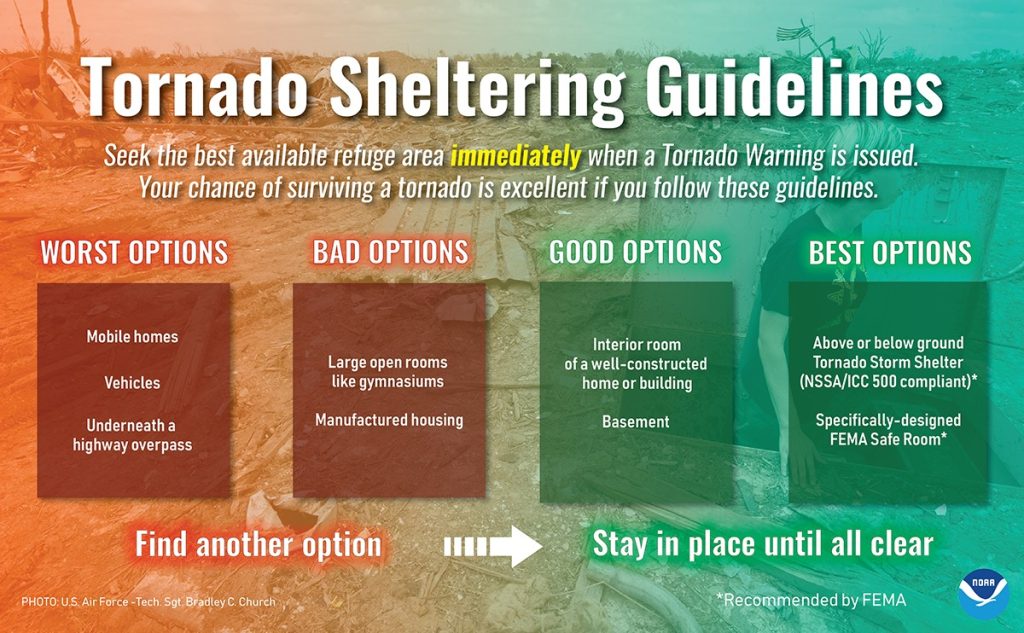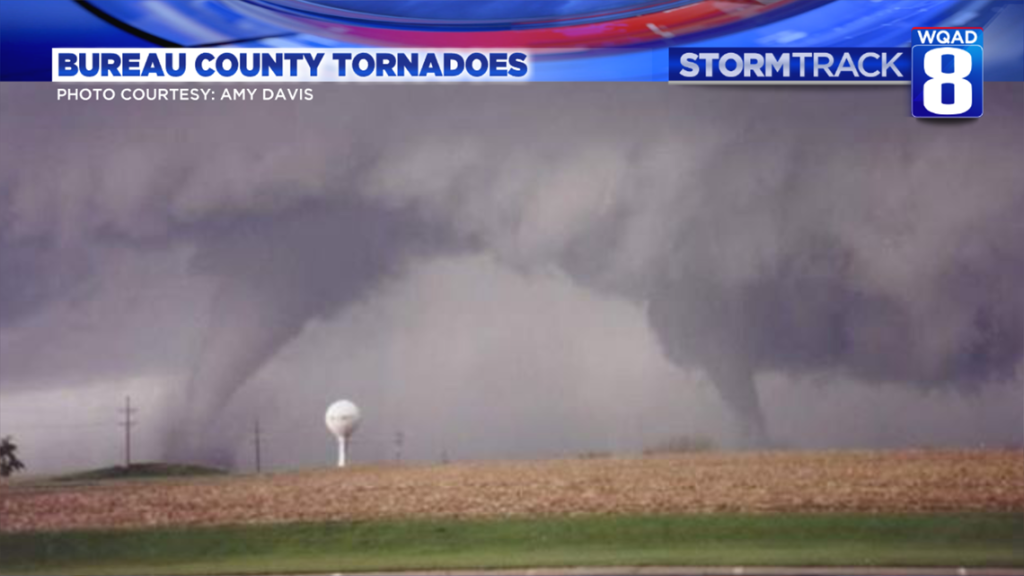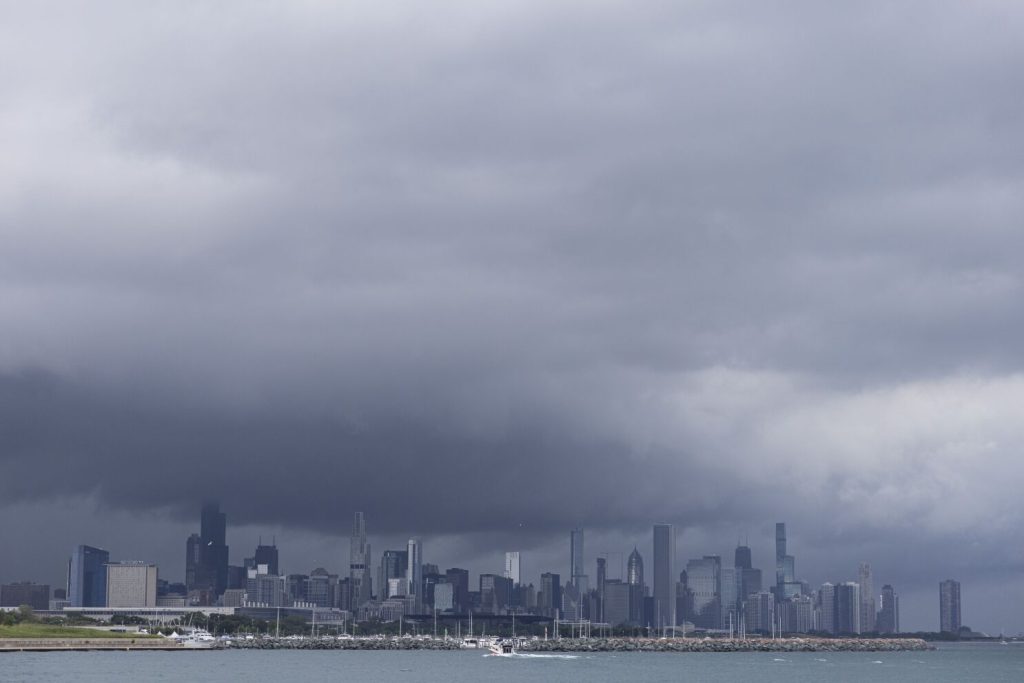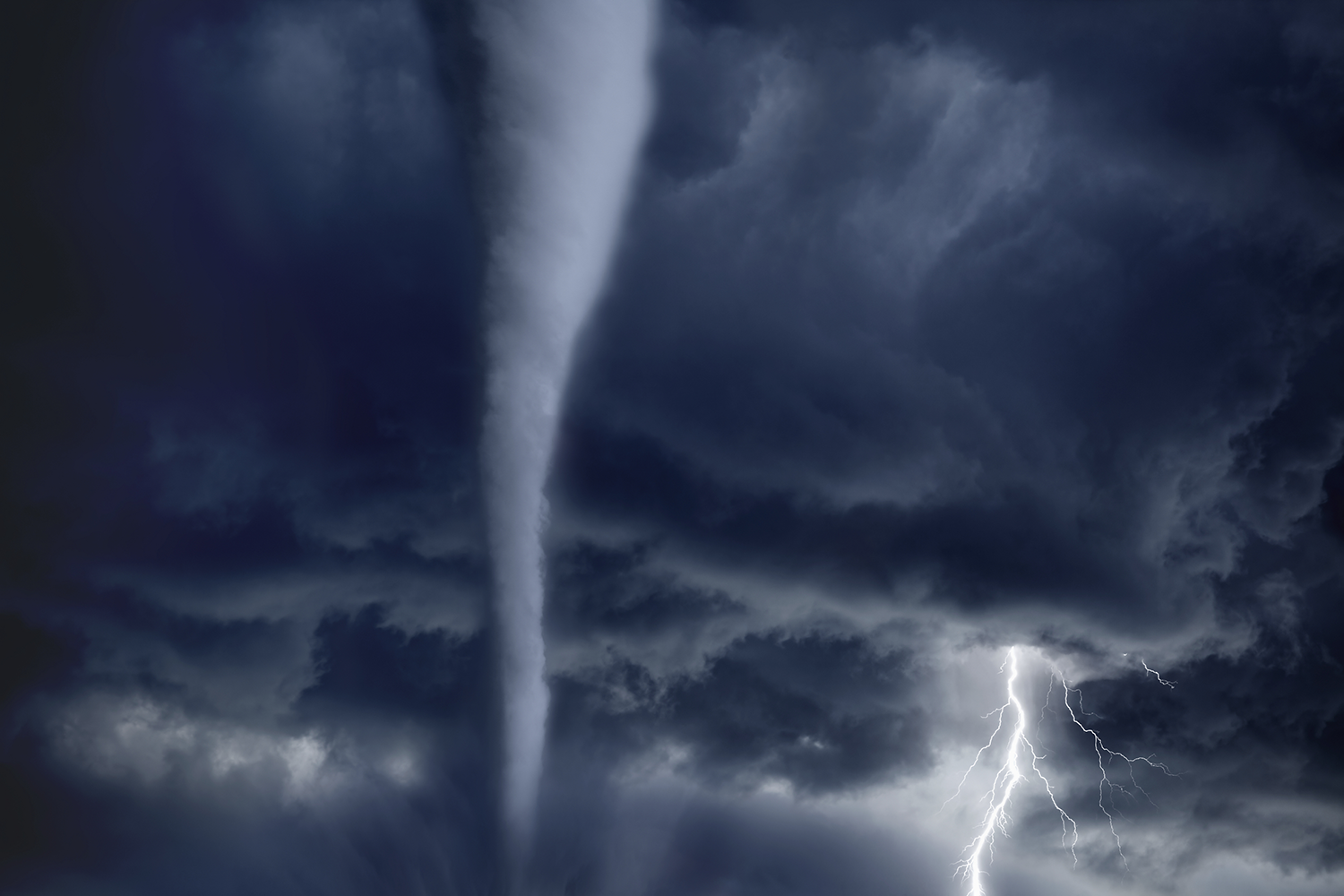With the spring, we also introduce tornado season in Illinois. It’s important to be prepared and have a plan to keep you and your family safe during severe weather. Find information from Ready.Illinois.gov below:

Before a Tornado
- Tornadoes can occur in urban areas, such as Chicago. View DuPage County public service announcements.
- Review your Family Emergency Plan with your family so everyone knows what they should do.
- Stock your Emergency Kit fully and make sure your family knows where it is. Be prepared to be self-sufficient for at least three days (72 hours).
- Establish a safe zone in your home and place of work (preferably in the basement or in a small interior room or hallway). Make sure everyone knows where to go for shelter.
- Have a National Oceanic Atmospheric Administration (NOAA) Weather Radio (a special radio that provides around-the-clock weather information) or an AM/FM radio in your house that everyone knows how to use. Make sure your radio is battery-operable and you have a fresh supply of batteries on hand.
- Monitor weather forecasts before you go on a trip or spend an extended period of time outdoors.

Signs of a Tornado
Tornadoes vary greatly in their appearance and can occur with little or no warning. It is important to know the signs that a tornado could be imminent.
- A dark, often greenish sky.
- A wall cloud, particularly if it is rotating.
- Large hail, which is often produced by the same storms that produce tornadoes.
- A loud roar, similar to the sound of a freight train.
- Tornadoes may occur and be visible near the trailing edge of a thunderstorm.
- Tornadoes may also be embedded in rain and not visible.

During a Tornado Watch
- Listen to a battery-powered NOAA Weather Radio or your local radio or television stations for updated information.
- Be alert to rapidly-changing weather conditions. Watch for signs of a possible tornado.
- Know where your family members are. Use this opportunity to review your Family Emergency Plan. Even if a tornado does not strike, there is still the likelihood of severe weather conditions.
Warning Sirens
Some communities have an outdoor Emergency Siren Warning System. This is a series of all-hazards, outdoor sirens in a community. Because of the unpredictability and sudden appearance of tornadoes, it may not be possible to provide advance warning; however, if you hear the warning siren, immediately seek shelter and tune in to a local radio or television station.

What Do the Sirens Mean?
Most systems use two siren tones. When they are activated, the sirens sound for a set amount of time as determined by your community.
- Alert: A single tone signifying an emergency alert. This signal may be used for an emergency or disaster, including a severe storm, tornado warning (not a tornado watch), earthquake, chemical hazard/hazardous material incident, extreme winds, or biological hazard.
- Attack: An up-and-down, rising and falling tone to signify there is a homeland security or attack emergency. This signal would be used if community officials were notified by federal and/or state government officials of an actual or impending attack on the local community.
- All Clear: not used by all communities. Please tune in to your local news agencies and listen for notification from city officials regarding the emergency.
Communities perform a siren test on the first Tuesday of every month at 10 a.m.
During a Tornado Warning
- Listen to your battery-powered NOAA Weather Radio or a local radio or television station for updated information. If the electricity goes out, you will still be able to receive emergency information on a battery-operated device.
- If you’re at home, go to your pre-identified safe zone to protect yourself from glass and other flying objects. If possible, seek shelter under a piece of large, sturdy furniture, such as a large table or workbench, to protect yourself from falling debris or flying objects. Stay away from windows. Do NOT open them.
- If you’re not in your home, seek shelter in the basement or an interior room of a nearby, sturdy building. Do not try to outrun a tornado in your car; instead, leave it immediately. If no shelter is available, lie flat in a low spot with your arms and hands protecting your head. Contrary to popular belief, seeking shelter underneath a highway or railroad overpass does not provide any measurable safety.
- Remain in your safe zone or shelter until the storm has passed. Stay alert for new storms that may follow.
After a Tornado
- Continue listening to local radio or television stations and your NOAA Weather Radio for updated information.
- Review your Family Emergency Plan and follow through with your Communications Plan. If all of your family members are not present, report to your family’s pre-designated meeting point, unless emergency officials direct otherwise.
- Assess any damage to your home or immediate surroundings. Be aware of any potential hazards such as ruptured gas lines, structural damage to your home, downed electrical lines, and localized flooding. Immediately report any injuries or hazards via 9-1-1. Advise your family and neighbors as well.
- Call 9-1-1 to report injured or trapped persons. Give first aid where appropriate, but do not move seriously injured persons unless they are in immediate danger. Never enter any building that appears to have suffered structural damage or that poses any other hazards.
- Do not enter any disaster area. Your presence there will simply add to the confusion and may hamper emergency response efforts. A public message will be broadcast in the event that volunteers are needed.
- Use the telephone only for emergency calls. Once you have notified your pre-identified emergency contact person that you are okay, let him or her notify other family or loved ones. Telephones are frequently overwhelmed in a disaster situation and need to be clear for emergency calls to get through.
